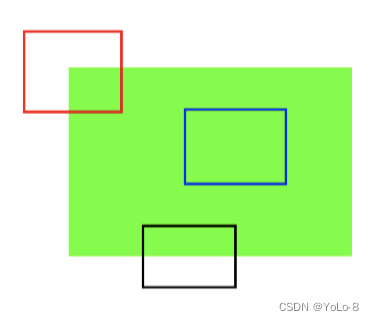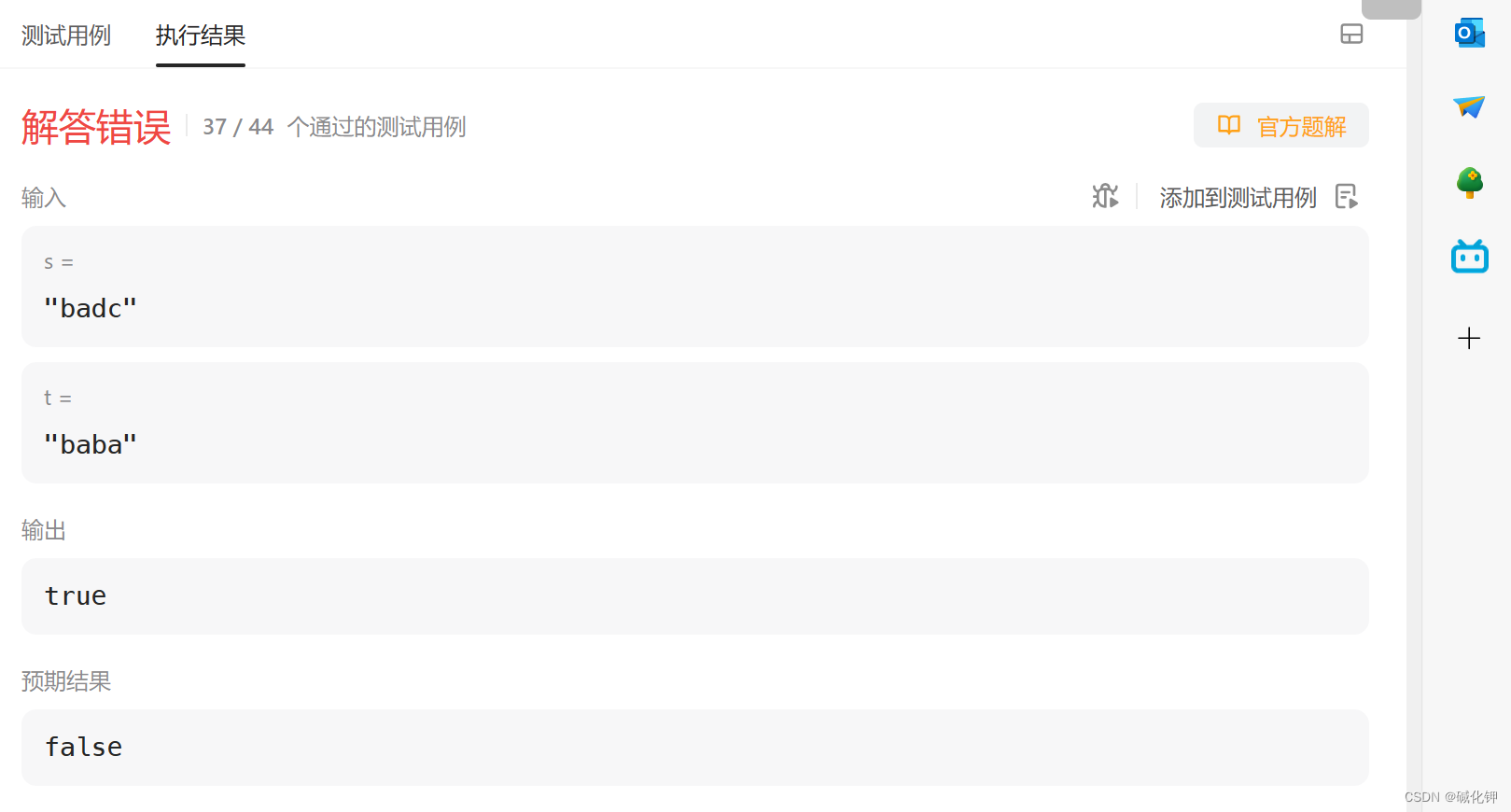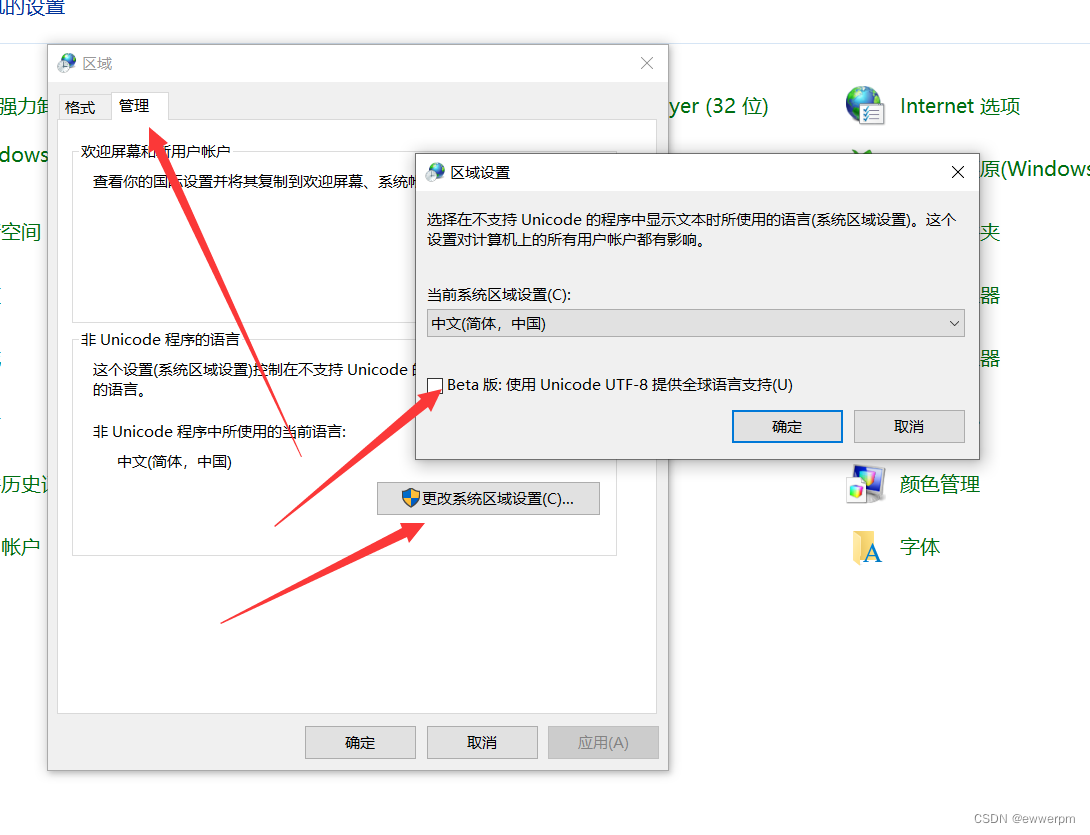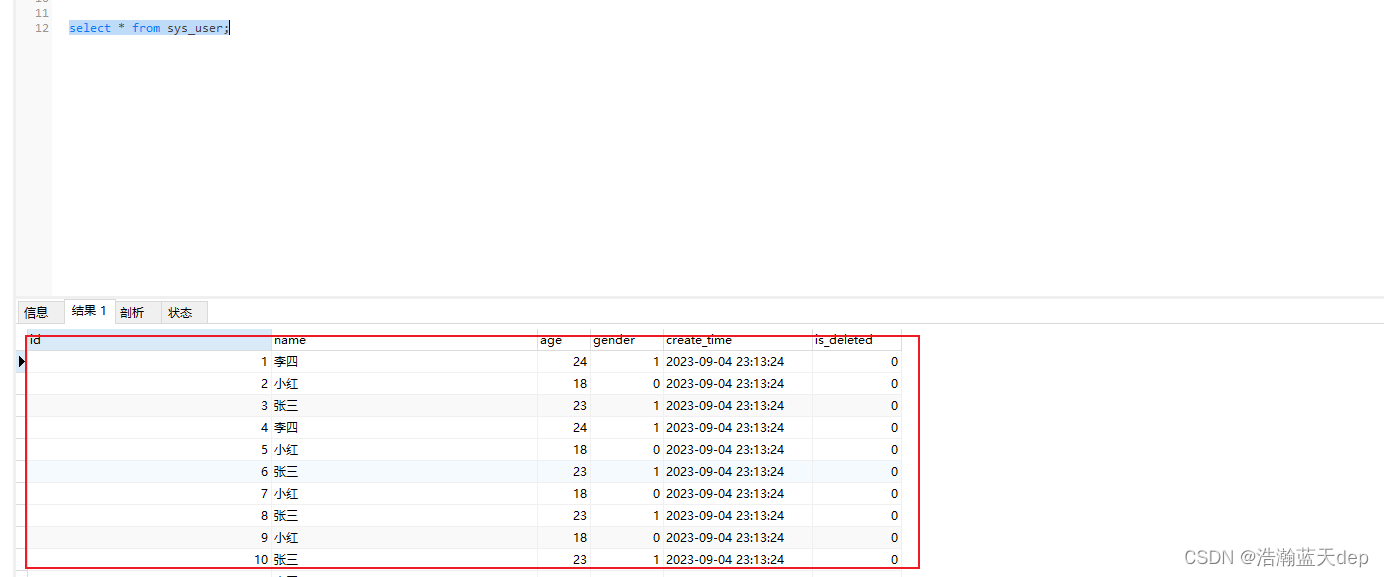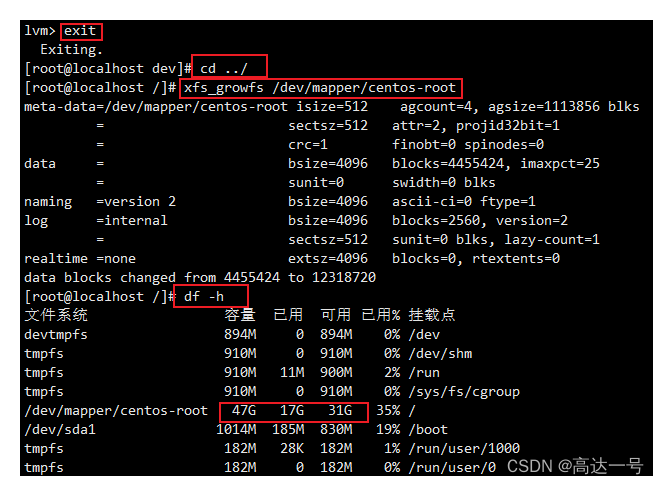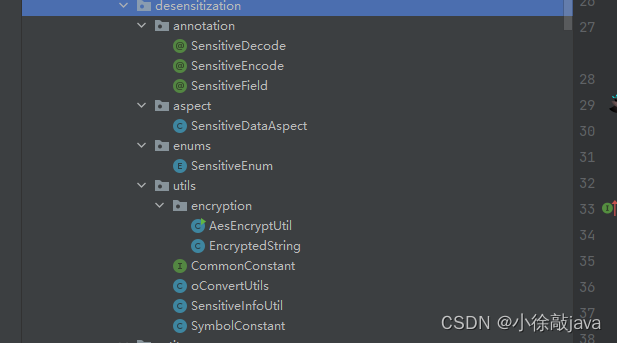目录
前言:
1.进栈过程中可以出栈的选择题
2.将递归转化为循环
3.逆波兰表达式求值
4.有效的括号
5. 栈的压入、弹出序列
6. 最小栈
前言:
数据结构想要学的好,刷题少不了,我们不仅要多刷题,还要刷好题!为此我开启了一个必做好题锦集的系列,此为第一篇选择题篇,该系列会不定期更新敬请期待!
栈(Stack)的详解_WHabcwu的博客-CSDN博客
1.进栈过程中可以出栈的选择题
A选项进出入栈顺序:push(1)->pop() 出1;push(2)->push(3)->push(4)->pop() 出4;pop() 出3;pop() 出2;B C D步骤相同,通过分析可知C明显错误;选C
2.将递归转化为循环
public void printfList(Node head) {
if (head == null) {
return;
}
Node cur=head;
Stack<Node> stack = new Stack<>();
while (cur!=null){
stack.push(cur);
cur=cur.next;
}
while(!stack.empty()){
System.out.println(stack.pop().val);
}
}3.逆波兰表达式求值
逆波兰表达式求值![]() https://leetcode.cn/problems/evaluate-reverse-polish-notation/
https://leetcode.cn/problems/evaluate-reverse-polish-notation/
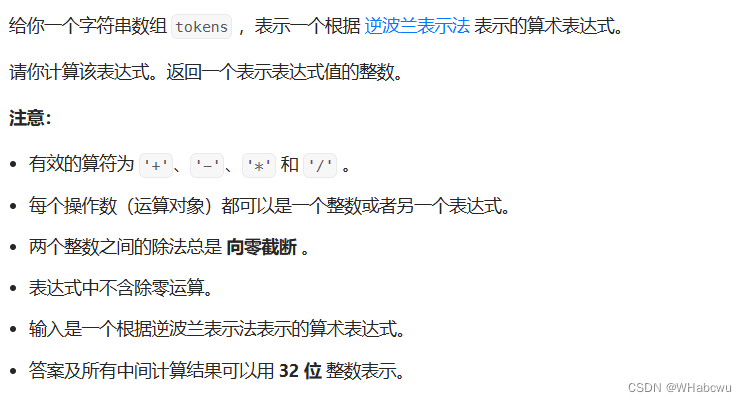

要想彻底的掌握这道题,必先清楚的理解后缀表达式
 总结:
总结:
(1)遍历数字,依此压栈
(2)遇到' + ' ' - ' ' * ' ' / '就出栈2数,第一次出栈的数做为右操作数, 第二次出栈的数做为左操作数
(3)再把(2)运算的数压栈
(4)重复(1)(2)(3)
故代码:
class Solution {
public int evalRPN(String[] tokens) {
Stack<Integer> stack = new Stack<>();
for (String x : tokens) {
if (!isoperation(x)) {
stack.push(Integer.parseInt(x));
} else {
int x1 = stack.pop();
int x2 = stack.pop();
switch (x) {
case "+":
stack.push(x2 + x1);
break;
case "-":
stack.push(x2 - x1);
break;
case "*":
stack.push(x2 * x1);
break;
case "/":
stack.push(x2 / x1);
break;
}
}
}
return stack.pop();
}
public boolean isoperation(String x) {
if (x.equals("+") || x.equals("-") || x.equals("*") || x.equals("/")) {
return true;
}
return false;
}
}4.有效的括号
有效的括号![]() https://leetcode.cn/problems/valid-parentheses/
https://leetcode.cn/problems/valid-parentheses/
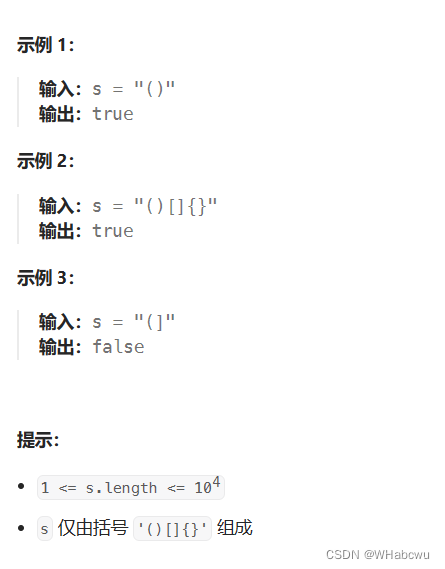
class Solution {
public boolean isValid(String s) {
Stack<Character> stack = new Stack<>();
for (int i = 0; i < s.length(); i++) {
char x=s.charAt(i);
if(x=='('||x=='{'||x=='['){
stack.push(x);
}else{
if(stack.empty()){
return false;
}
char y=stack.peek();
if(y=='('&&x==')'||y=='{'&&x=='}'||y=='['&&x==']'){
stack.pop();
}else{
return false;
}
}
}
if(!stack.empty()){
return false;
}
return true;
}
}解析:
(1)遍历给定的字符串,由于后遇到的左括号要先闭合,因此我们可以将这个左括号放入栈顶。
(2)当我们遇到一个右括号时,我们可以取出栈顶的左括号并判断它们是否是相同类型的括号,栈为空返回flase,不为空但不是相同的类型,也返回 false。
(3)在遍历结束后,如果栈中没有左括号,返回 false。
5. 栈的压入、弹出序列


import java.util.*;
public class Solution {
/**
* 代码中的类名、方法名、参数名已经指定,请勿修改,直接返回方法规定的值即可
*
*
* @param pushV int整型一维数组
* @param popV int整型一维数组
* @return bool布尔型
*/
public boolean IsPopOrder (int[] pushV, int[] popV) {
Stack<Integer> stack = new Stack<>();
int j=0;
for (int i = 0; i < pushV.length; i++) {
stack.push(pushV[i]);
while(j<popV.length&&!stack.empty()&&stack.peek().equals(popV[j])){
stack.pop();
j++;
}
}
return stack.empty();
}
}解析:

6. 最小栈
最小栈![]() https://leetcode.cn/problems/min-stack/
https://leetcode.cn/problems/min-stack/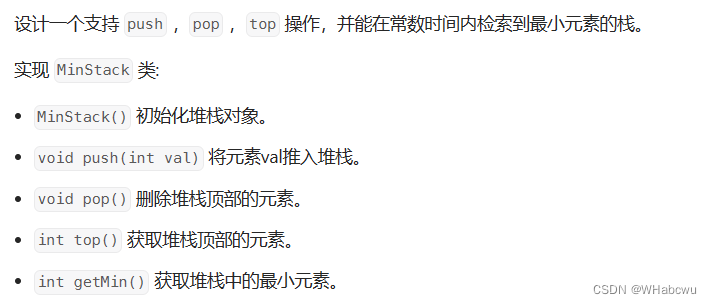
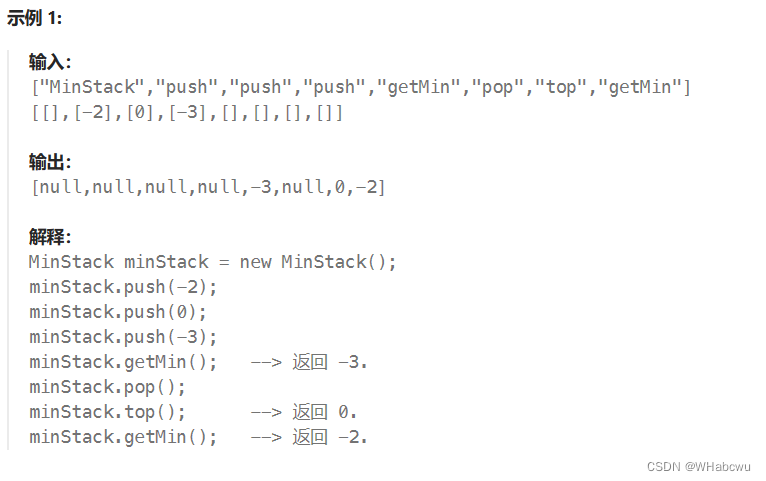

import java.util.Stack;
public class MinStack {
private Stack<Integer> stack;
private Stack<Integer> minstack;
public MinStack() {
this.stack = new Stack<>();
this.minstack = new Stack<>();
}
public void push(int val) {
stack.push(val);
if (minstack.empty()) {
minstack.push(val);
} else {
if (minstack.peek() >= val) {
minstack.push(val);
}
}
}
public void pop() {
if(!stack.empty()){
int x = stack.pop();
if (x == minstack.peek()) {
minstack.pop();
}
}
}
public int top() {
return stack.peek();
}
public int getMin() {
return minstack.peek();
}
}
解析:
辅助栈法:
(1)一个用来正常存放数据->stack
(1)一个用来存放最小数据->minstack
private Stack<Integer> stack;
private Stack<Integer> minstack;
push:
stack无差别入栈,对于minstack进行判断,若为空,直接入栈,若不为空,则需要与栈顶元素进行比较,若小于等于则入栈。
其余过于简单,无需多讲。
以上为我个人的小分享,如有问题,欢迎讨论!!!
都看到这了,不如关注一下,给个免费的赞 ![]()
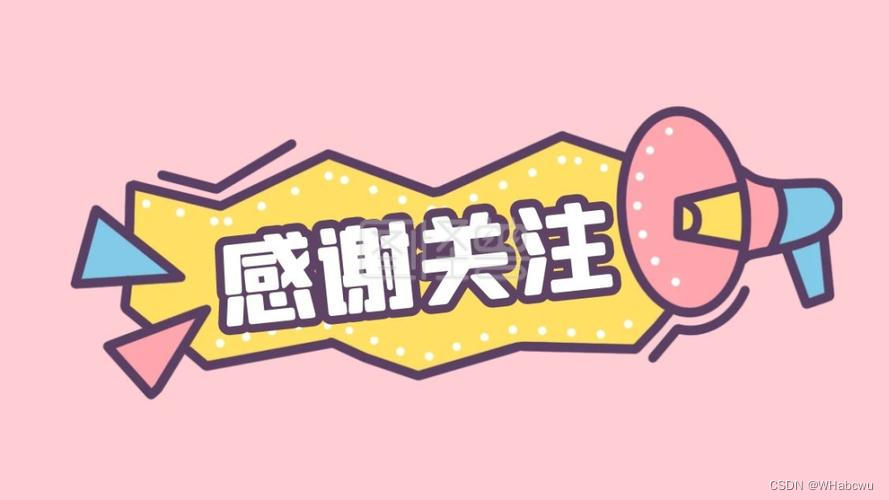
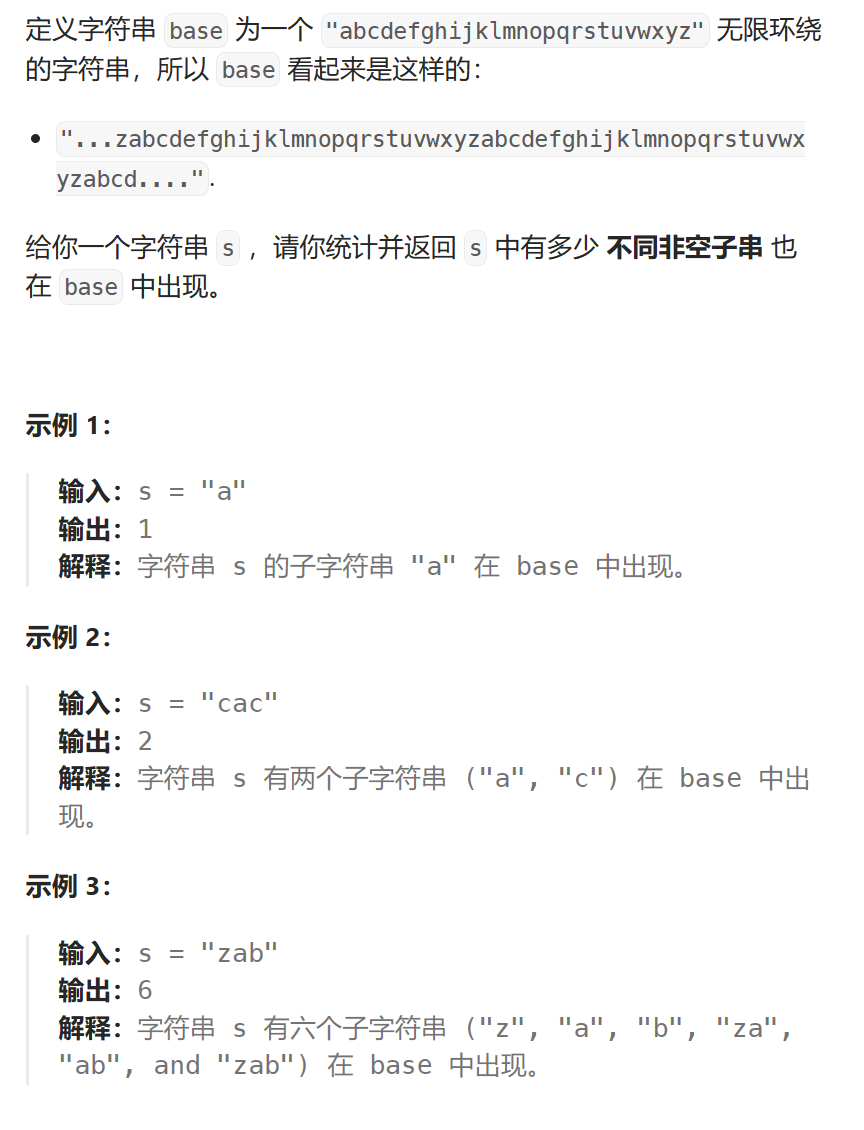
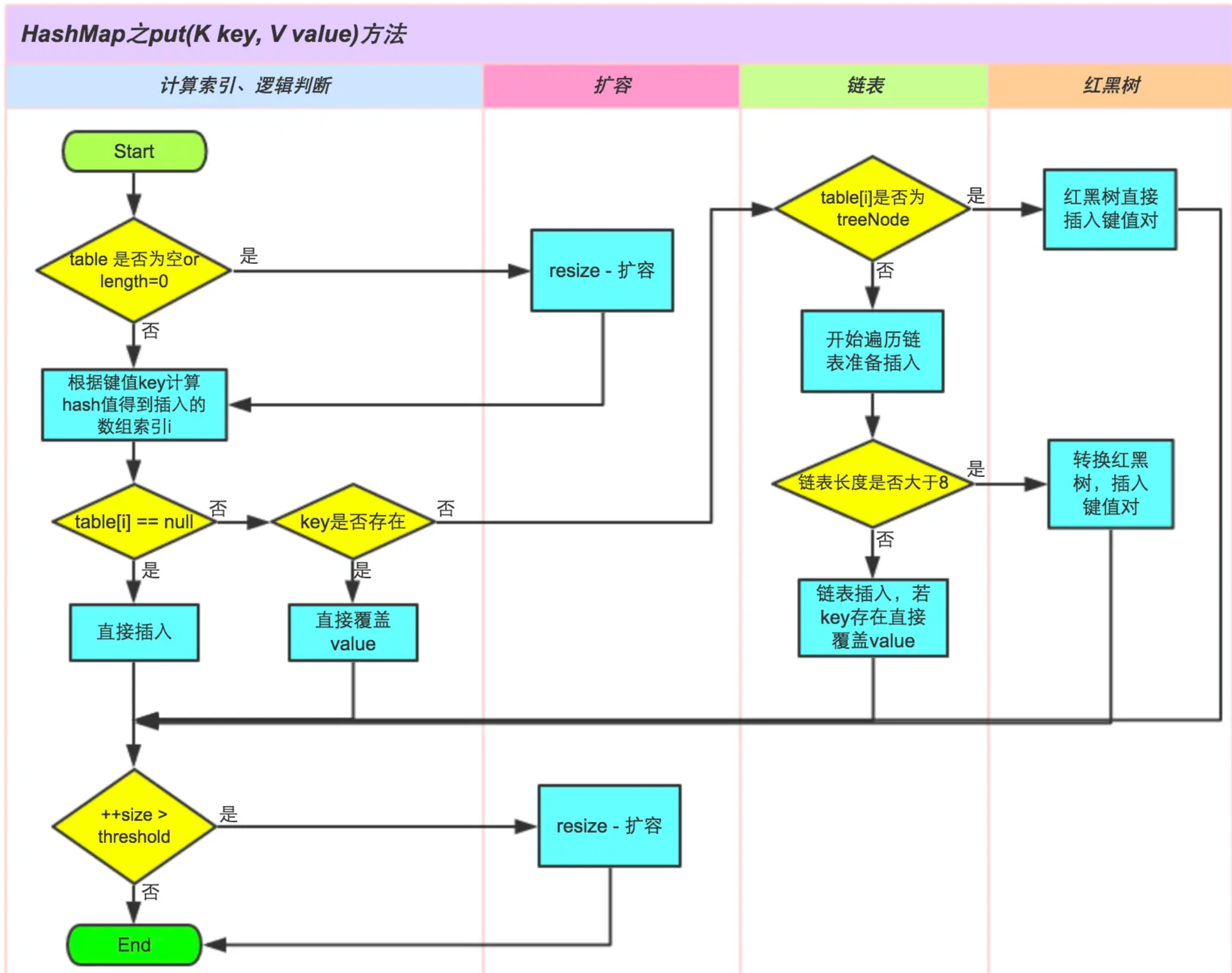

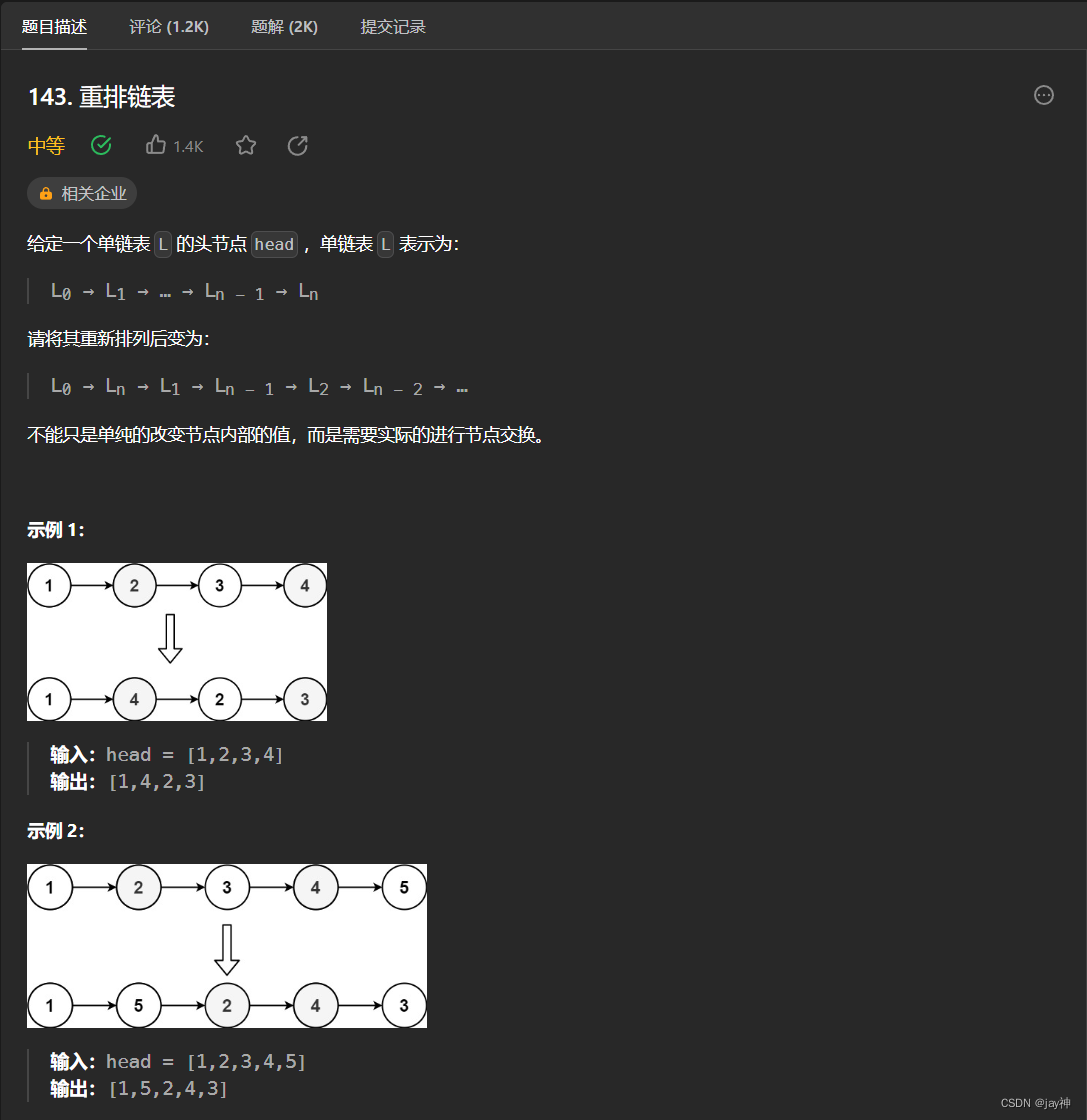
![java八股文面试[数据库]——Page页的结构](https://img-blog.csdnimg.cn/img_convert/3a8d8ee981e11d14843f1bede9ab42c8.png)




